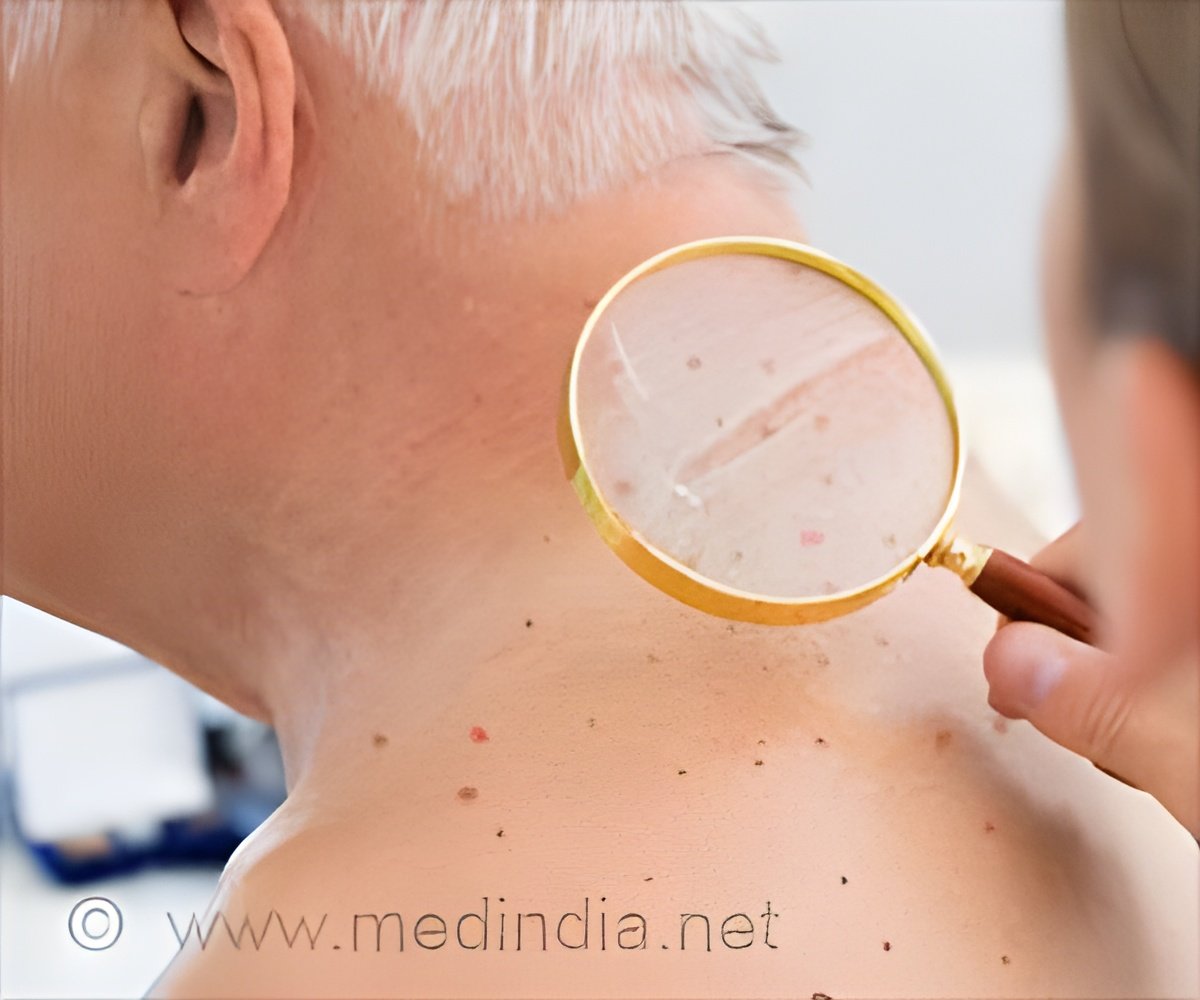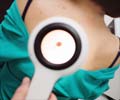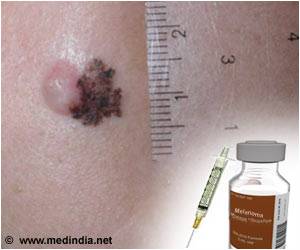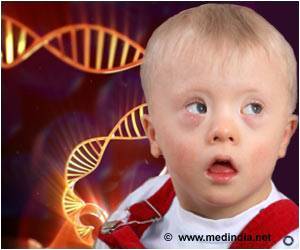Melanoma Risk May Not Be Avoidable Even In Family Without Inherited Mutation. Malignant melanoma is one of the fastest increasing cancer types in the West.

TOP INSIGHT
Family members that test negatively for their family's CDKN2A mutation can now be informed that they still have an increased risk of developing melanoma and thereby are advised to avoid sunburn and be aware of any change in their moles
The present study included Swedish and American families with inherited CDKN2A mutations. The researchers studied whether family members who have not inherited the mutation have any higher than normal risk of developing melanoma or other cancers.
Melanoma, but no other cancers, was more common in the non-carriers in these families compared to the normal population. The phenomenon whereby non-carriers of a specific mutation copy the phenotype (in this case melanoma) from their mutation-carrying relatives is known as phenocopy.
"Phenocopy can be caused by other risk-modifying genes or exposure patterns that increase the probability of the specific phenotype manifesting itself," says the study's first author Hildur Helgadottir, researcher at Karolinska Institutet's Department of Oncology-Pathology, Stockholm, Sweden.
Previous studies have shown that people with the mutation who also have certain pigmentation variants run an even higher risk of melanoma. Even though the CDKN2A mutation should be present in all populations, it has almost exclusively been identified in families with a Caucasian heritage.
The researchers believe that such pigmentation variants also contribute to a higher melanoma risk in the family members who do not carry the mutation.
Source-Eurekalert
 MEDINDIA
MEDINDIA




 Email
Email






